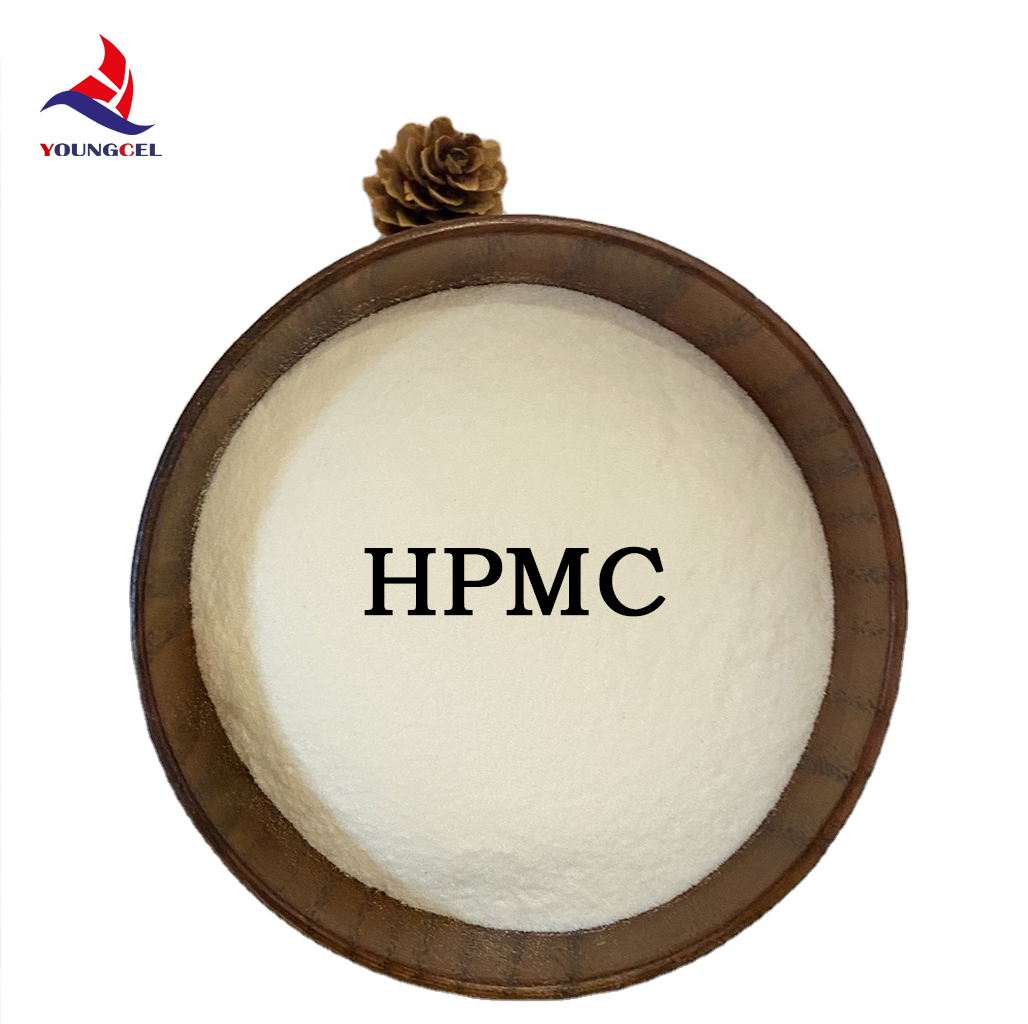Understanding Cellulose Ether A Focus on Hydroxyethyl Methylcellulose (HEMC)
Cellulose ethers are a diverse group of organic compounds derived from cellulose, the most abundant natural polymer on Earth. Among the cellulose ethers, Hydroxyethyl Methylcellulose (HEMC) has garnered significant attention due to its unique properties and wide-ranging applications in various industries, including construction, pharmaceuticals, and food production.
What is HEMC?
Hydroxyethyl Methylcellulose is a non-ionic cellulose ether, obtained through the chemical modification of cellulose. In HEMC, hydroxyethyl and methyl groups are introduced onto the cellulose backbone, which results in enhanced water solubility and film-forming abilities. The chemical structure of HEMC allows it to perform as a thickening agent, emulsifier, and stabilizer, making it an invaluable ingredient in numerous formulations.
Properties of HEMC
The key attributes of HEMC stem from its unique molecular structure. One of its standout features is the ability to dissolve in both cold and hot water, forming a clear, viscous solution. This characteristic is pivotal in applications where a transparent gel is desirable, such as in the cosmetic and food industries. Additionally, HEMC exhibits excellent thermal stability and can retain its properties over a wide temperature range, making it suitable for various processing conditions.
Moreover, HEMC possesses good adhesive properties and can form films with high strength and flexibility, which allows it to be utilized in coatings and binders. Its surface-active properties also contribute to its ability to stabilize emulsions, thus enhancing the performance of paint formulations and cosmetic products.
Applications of HEMC
cellulose ether hemc

The versatility of HEMC allows it to be utilized in a multitude of industries. In the construction sector, HEMC is commonly used in cement-based products, where it acts as a water-retention agent. This prevents the rapid evaporation of water, enabling proper curing of the cement and ultimately enhancing the durability of structures.
In the pharmaceutical realm, HEMC serves as a crucial excipient in drug formulations, providing controlled release of active ingredients and improving the stability of liquid preparations. Its biocompatibility makes it ideal for use in various dosage forms, including tablets, capsules, and suspensions.
Furthermore, HEMC is increasingly popular in the food industry, where it is utilized as a thickening agent and stabilizer in sauces, dressings, and dairy products. Its ability to improve texture and mouthfeel makes it a valuable component in many culinary applications.
Environmental Considerations
As sustainability becomes a growing concern in industrial practices, HEMC holds an advantageous position due to its bio-based origin. Derived from cellulose, which is biodegradable and renewable, HEMC aligns with the principles of green chemistry. Employing HEMC in formulations not only improves product performance but also supports eco-friendly practices by reducing the reliance on synthetic polymers.
Conclusion
In summary, Hydroxyethyl Methylcellulose (HEMC) exemplifies the remarkable potential of cellulose ethers in modern applications. Its unique properties facilitate its use across a wide array of industries, contributing to advancements in construction, pharmaceuticals, and food production. As industries continue to shift towards sustainable practices, the role of bio-based materials like HEMC will likely expand, underscoring the importance of cellulose ethers in both current and future technological landscapes. The ongoing research and development efforts in this field will further enhance our understanding and capabilities relating to HEMC, paving the way for innovative applications yet to be discovered.
-
Rdp that The Revolutionary Polymer Powder Transforming Modern Construction MaterialsNewsAug.11,2025
-
Hpmc Powder that Versatile Additive for Detergents and Personal CareNewsAug.11,2025
-
Hpmc Hydroxypropyl Methylcellulose that Essential Building Material Additive from Shijiazhuang Gaocheng YongfengNewsAug.11,2025
-
Hydroxypropyl Methyl Cellulos Hpmc that Essential for Construction ApplicationsNewsAug.11,2025
-
Mhec Powder that Revolutionizing Construction Chemistry with Cellulose Ether SolutionsNewsAug.11,2025
-
Industri Hpmc that The Global Backbone of Advanced ConstructionNewsAug.11,2025




